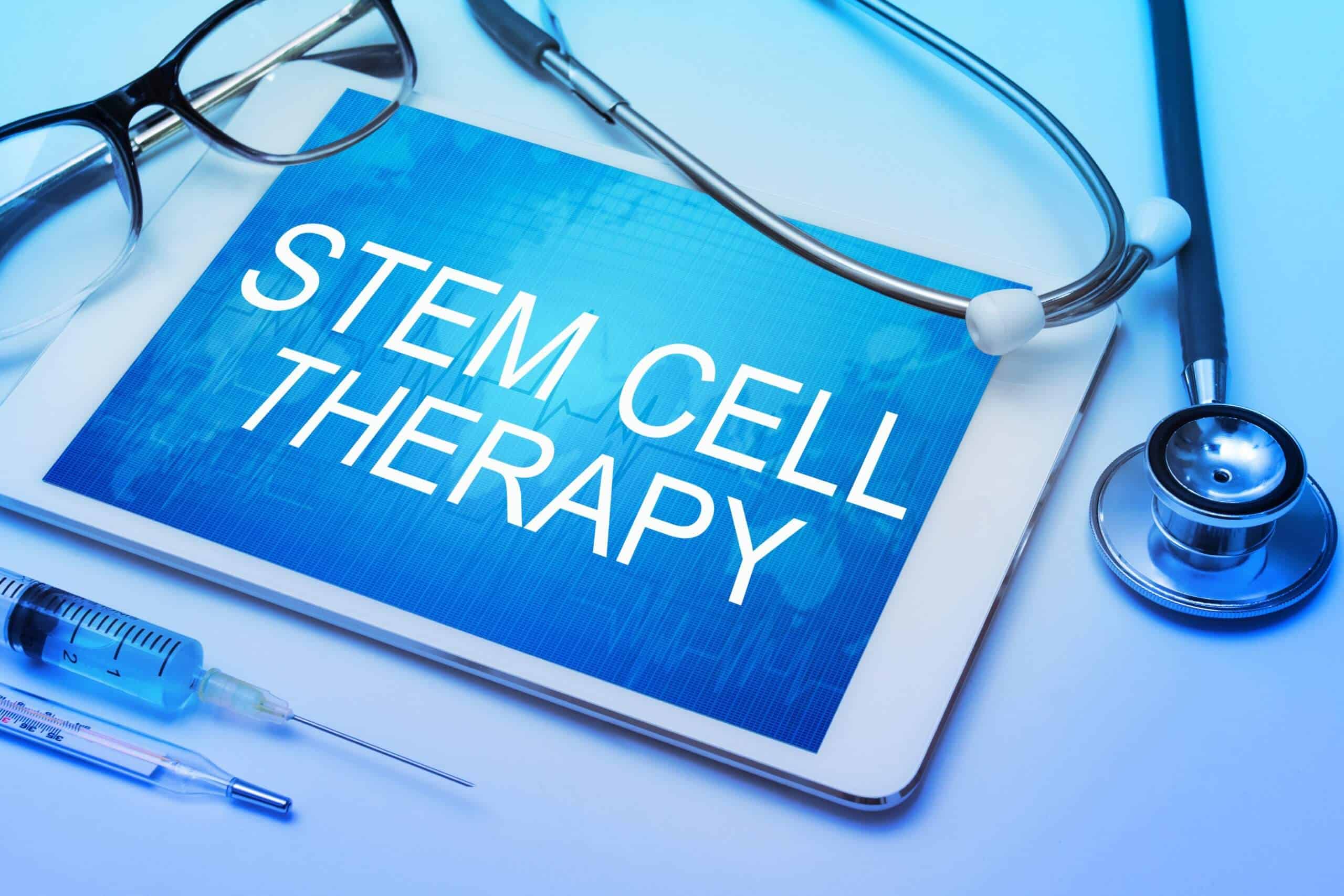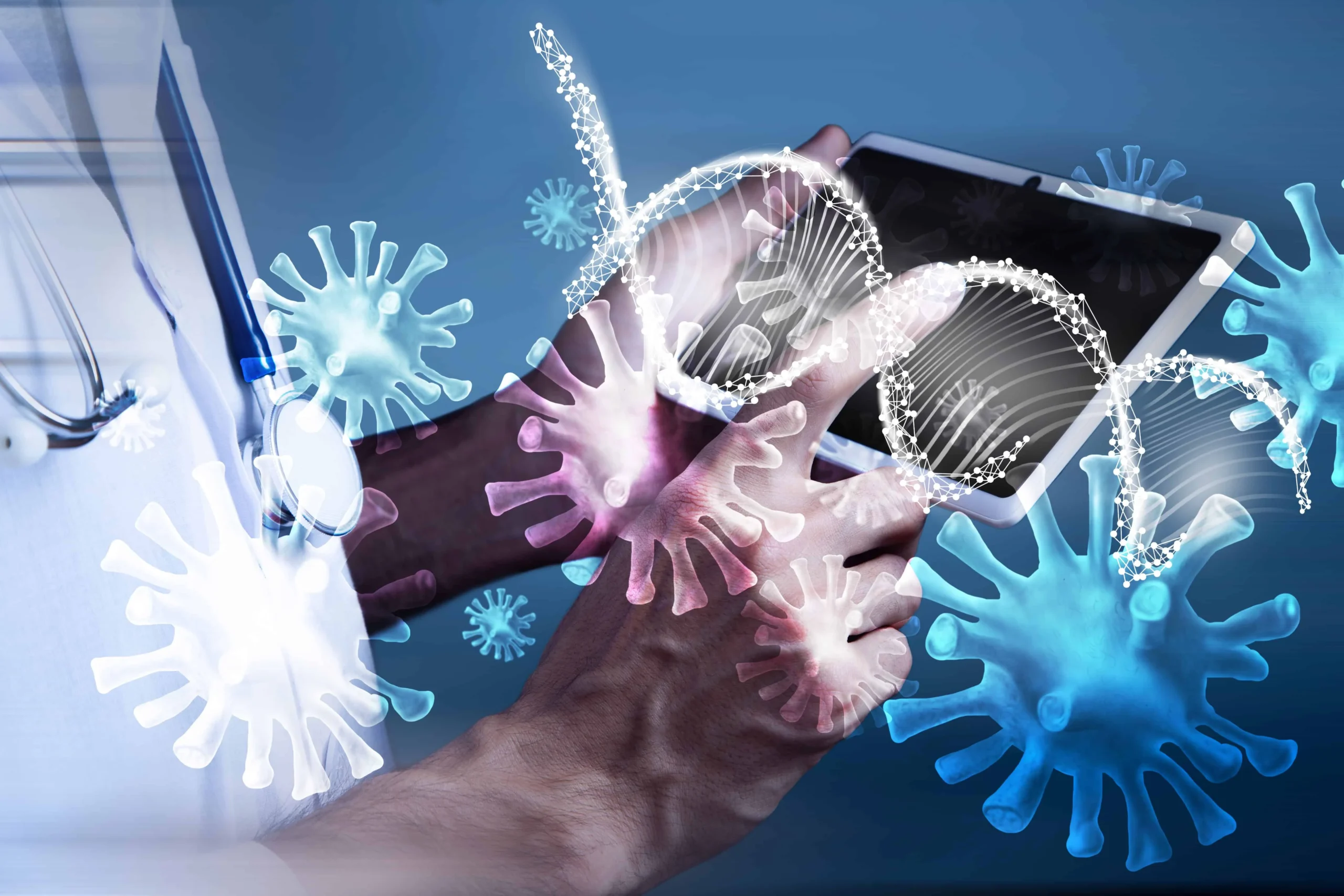What is Stem Cell Therapy?
Stem cell therapy is a medical treatment that utilizes stem cells to repair, regenerate, or replace damaged cells and tissues. Stem cells are considered unique cells that develop into various types of cells with specialized functions. They can be found in different sources, including embryos (embryonic stem cells), fetal tissue (fetal stem cells), and specific adult tissues (adult stem cells).
The primary aim of stem cell therapy is to equip the regenerative potential of stem cells to treat various medical conditions and diseases. These may include degenerative disorders, injuries, autoimmune diseases, and certain types of cancer. Stem cells can be manipulated in the laboratory to differentiate into specific cell types needed for a particular treatment.
What are various types of Stem Cell Therapy?
The various types of stem cell therapy are categorized depending on what cell source was used:
- Embryonic Stem Cell Therapy: Embryonic stem cells are derived from embryos at the blastocyst stage, typically leftover from in vitro fertilization procedures. They can differentiate into any cell type in the body. However, their use is ethically controversial due to the destruction of embryos.
- Fetal Stem Cell Therapy: Fetal stem cells are obtained from the tissue of aborted fetuses. These cells are more specialized than embryonic stem cells but still retain the ability to differentiate into various cell types.
- Adult Stem Cell Therapy: Adult stem cells are found in specific tissues throughout the body, such as bone marrow, adipose tissue (fat), and blood. These cells have a more limited differentiation capacity than embryonic or fetal stem cells. Adult stem cells are often used in therapies to treat conditions like leukemia, lymphoma, and certain blood disorders.
- Induced Pluripotent Stem Cell (iPSC) Therapy: iPSCs are generated by reprogramming adult cells, such as skin cells, to behave like embryonic stem cells. They can be customized as different types of cells for therapeutic purposes. This method bypasses the ethical concerns associated with embryonic stem cells.
How does Stem Cell Therapy work?
Stem Cell Therapy is usually delivered through intravenous infusion or IV therapy. It involves the administration of stem cells directly into the bloodstream. This method allows the stem cells to circulate throughout the body, reaching various tissues and organs. Here’s an overview of the process:
- Harvesting or Obtaining Stem Cells: Stem cells are obtained from a suitable source, such as bone marrow, adipose tissue (fat), or umbilical cord blood. These adult stem cells are typically used for IV infusion.
- Laboratory Processing and Expansion: The harvested stem cells may undergo processing and expansion in the laboratory to increase their numbers and optimize their therapeutic properties. This step helps to obtain a sufficient quantity of stem cells for the treatment.
- Preparing for IV Infusion: Once the stem cells are processed and expanded, they are ready for IV infusions; this ensures they are in a suitable form and concentration for safe administration through the bloodstream.
- IV Infusion Procedure: During the IV infusion procedure, a healthcare professional inserts an intravenous catheter into a vein, usually in the arm. The stem cells are then infused slowly and steadily into the bloodstream through the catheter.
- Circulation and Homing: Once in the bloodstream, the stem cells circulate throughout the body. The blood flow carries them and can reach different organs and tissues. Stem cells can home to areas of injury or damage through chemotaxis, which means they can migrate toward signals released by damaged tissues.
- Interaction with Target Tissues: After reaching the target tissues, the infused stem cells interact with the surrounding cells and the microenvironment. Depending on the specific therapeutic goal, the stem cells can exert their effects through various mechanisms, including differentiation into specialized cells, paracrine signaling, immunomodulation, and stimulation of endogenous repair processes.
Is there a need to donate Stem Cells for the procedure?
There is no need to donate stem cells for your treatment, mainly when Mesenchymal Stem Cells are used because these are ethically collected from human umbilical cords and are most effective in the number of cells retrievable. The higher the stem cell count, the more efficient the procedure.
What can Stem Cell address?
Stem cells can target various tissues and organs through their unique regenerative and therapeutic properties. Stem cell therapy is proven tested in treating degenerative disorders like Parkinson’s disease, Alzheimer’s disease, and multiple sclerosis, where the aim is to replace or repair damaged nerve cells. Additionally, stem cells have been explored for their potential in cardiac repair after heart attacks, promoting the regeneration of heart muscle cells. Stem cell therapy can also address orthopedic conditions, such as osteoarthritis and joint injuries, by stimulating the repair of damaged cartilage and promoting tissue regeneration.
Moreover, stem cells have shown encouraging results in specific cancer treatments, as they can be engineered to destroy cancer cells while saving healthy cells specifically. Furthermore, stem cell therapy is being investigated for autoimmune diseases, like lupus and rheumatoid arthritis, as stem cells have immunomodulatory properties that can aid in regulating the immune system and suppress abnormal immune responses. It also treats chronic pain, infertility, lupus, arthritis, multiple sclerosis, joint injuries, and arthrodesis.
What can Stem Cell Therapy do for me?
You can indulge in the following advantages of Stem Cell Therapy:
- Reduced Risk of Rejection: Stem cells obtained from a patient’s body (autologous transplantation) carry a lower risk of rejection than cells from another individual (allogeneic transplantation). Using a patient’s cells can minimize taking immunosuppressive drugs and reduce the risk of complications associated with graft rejection.
- Regenerative Potential: Stem cells can self-renew and differentiate into various cell types, enabling them to regenerate and repair damaged or diseased tissues. This regenerative potential holds promise for treating conditions where tissue damage or dysfunction is a primary concern.
- Potential to Treat Currently Incurable Conditions: Stem cell therapy offers hope for treating conditions with limited or no cure. Diseases and injuries that were once considered irreversible or untreatable may benefit from the regenerative potential of stem cells, opening up new possibilities for medical interventions.
- Potential for Personalized Medicine: Stem cell therapy holds the potential for personalized medicine approaches. Using a patient’s stem cells can tailor the treatment to their specific needs, optimizing the chances of success and reducing potential side effects.
What are the risks associated with Stem Cell Therapy?
Qualified healthcare professionals generally consider stem cell therapy a safe medical procedure. However, like any medical intervention, there can be potential side effects and risks associated with stem cell therapy. It’s important to note that the specific side effects depend on the type of stem cells used, the method of administration, the individual patient’s response, and the condition being treated. Here are some potential side effects and considerations:
- Infection: As with any medical procedure involving injections or surgical interventions, there is a disease risk at the administration site or near the process. Strict sterile techniques and appropriate infection control measures are crucial to mitigate this risk.
- Tumor Formation: Stem cell therapies must be carefully monitored to avoid the potential for uncontrolled cell growth or tumor formation. This risk is particularly relevant when using embryonic stem cells or induced pluripotent stem cells, as these cells have a higher potential for uncontrolled proliferation.
- Ethical Considerations: Using embryonic stem cells raises ethical concerns for some individuals due to destroying embryos. However, alternative sources of stem cells, such as induced pluripotent stem cells, can help circumvent these ethical considerations.
A skilled and experienced healthcare professional must do the job to minimize the risk. EZ Injections will guide you in your stem cell therapy journey. Contact them now and dive deep into stem cell therapy!






